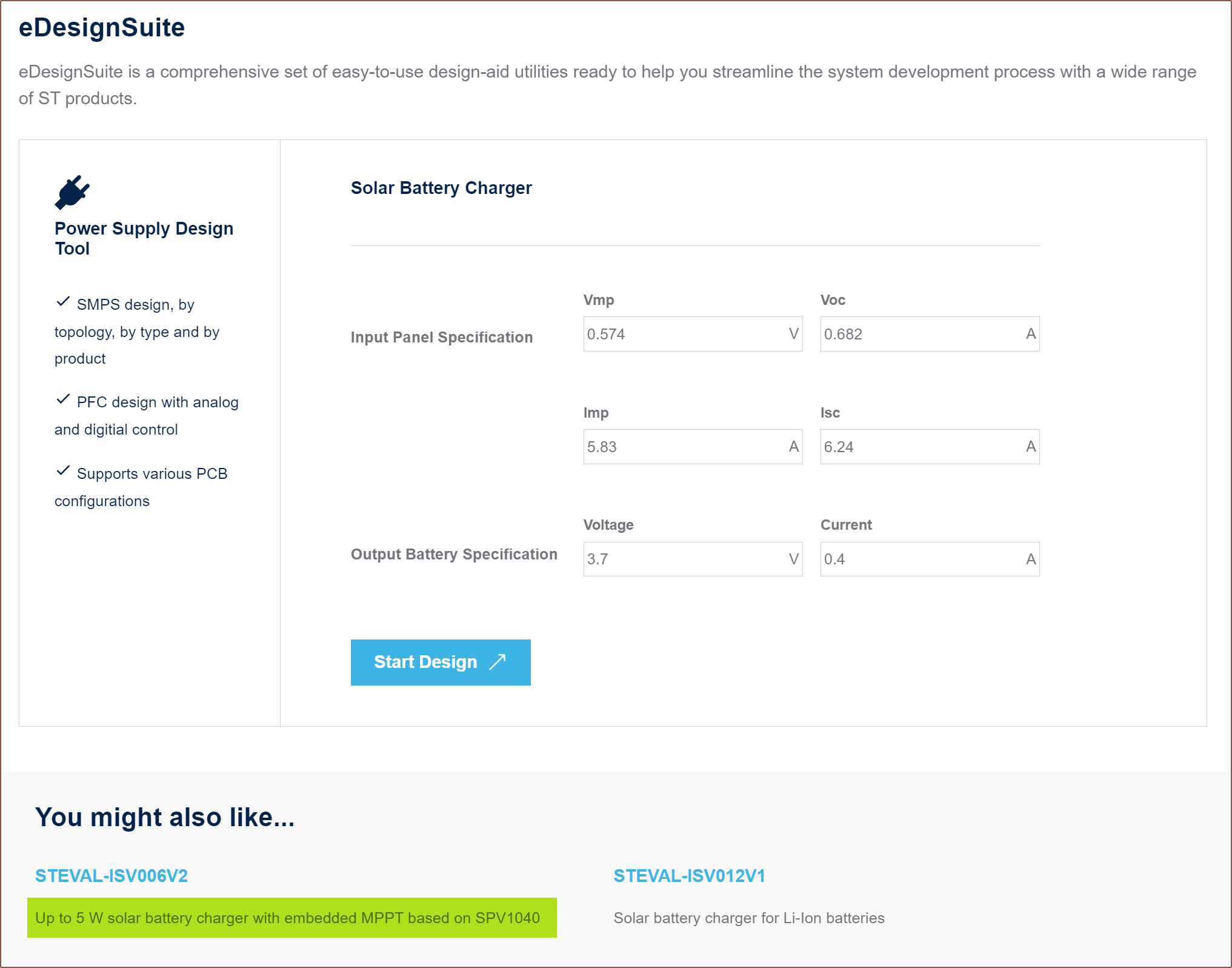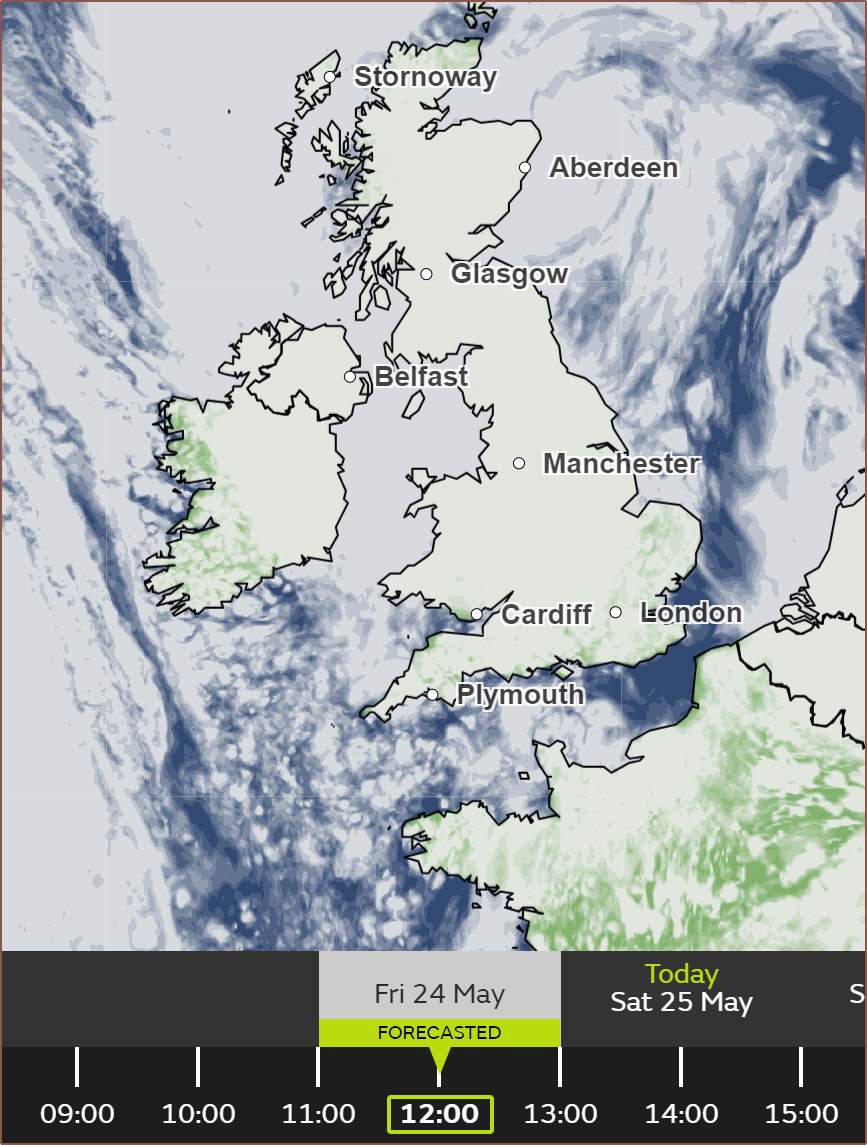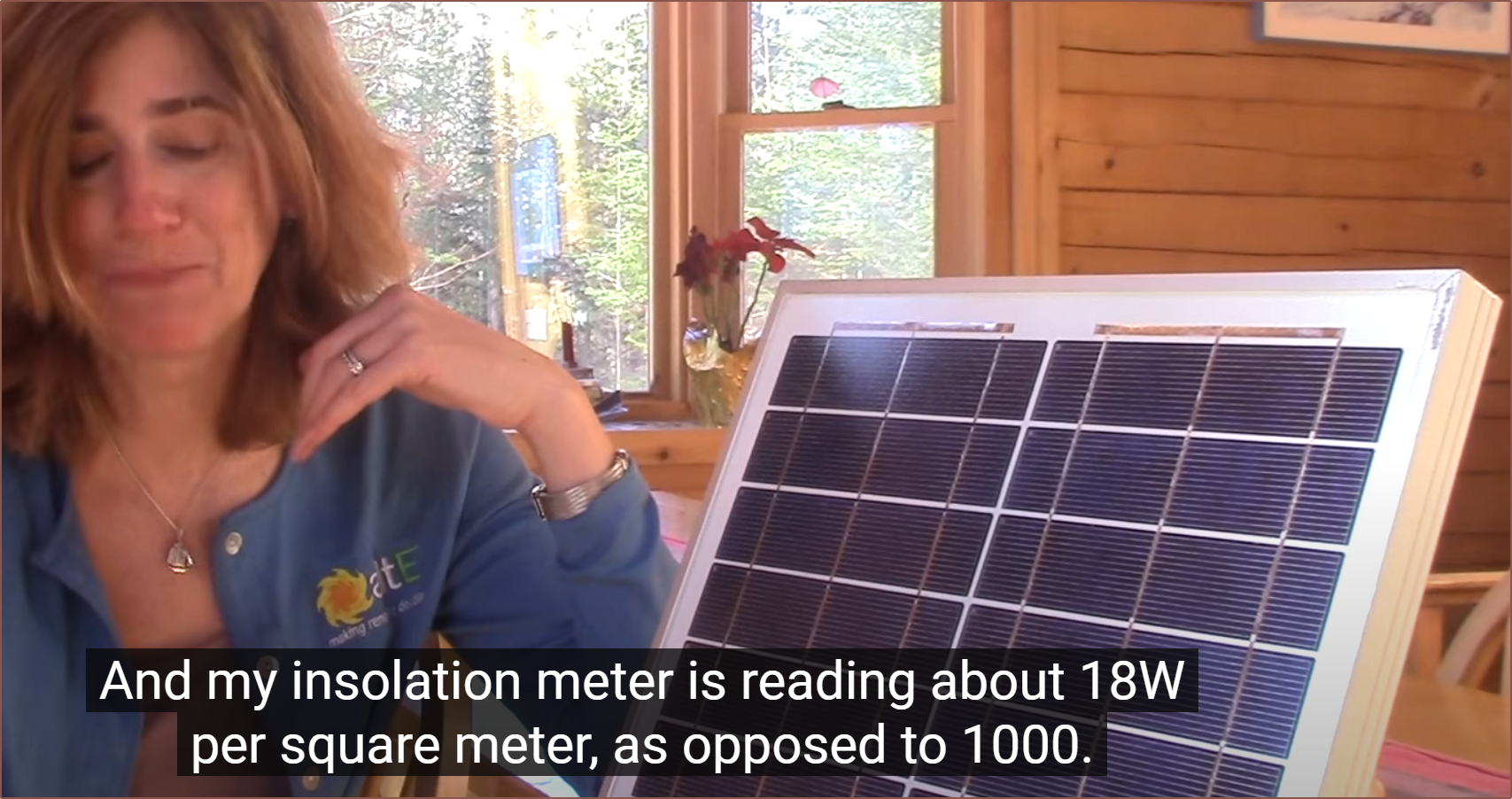So I was thinking yesterday, considering skipping Tetrescent and going straight to #Tetinerary [gd0151] with a solar powered headband:

However, the benefit of Tetrescent is that one can keep using their preferred headphones (if they either don't have or don't want to wear earbuds / IEMs) and that the displays don't cost £320 total.
Even if that happens, I'd still need to consider the charge circuitry sooner or later, and I got worried when I was reading this energy harvesting log and this was mentioned in the TEG section:
requiring some specialized electronics that can boost <0.5V up to more usable levels
I then did some searching and researching and Bing "deep searching" and the only thing I could find related to MPPT of a single 0.5V cell was this paper that describes a circuit that was implemented on CMOS.
After struggling to absorb the information after a few pages, I noticed that the paper was written in 2014 so surely some IC company should've taped something out by now. Thus I went and searched "mppt ic digikey" and soon found out that there was an "Energy Harvesting" filter. Unfortunately, the chips I could find only supported up to 400mW.
Thus, I searched "solar" in the Digikey searchbox and quickly arrived at the SPV1040, but I couldn't quite find the information I was looking for in the datasheet (which, for some reason, has the Contents page near the end of the entire document). At the bottom of its landing page, there was this "eDesignSuite" thing and I didn't know what all the 3-letter words were but found them inside the C60 solar cell datasheet. The "start design" just brought be to a 404 page, but I went back and saw that there was an evaluation board that could charge up to 5W based on the chip, which was the kind of information I was looking for. The C60 125mm is a 3.34W cell.


Looking at the currents, 3.34W is likely the peak 1000W/m2 rating. Looking at these cool animations I found on Solcast, 400W/m2 seems to be a more realistic power profile for most of the UK, seeming to max out under 800W/m2.

At least where I'm currently at, it's been raining for the previous two days. Seems most of the UK was covered in cloud:

It looks like the expected max solar power would be 4.95A * 0.57 = 2.8W, and that the typical would be 1.4W. Then remember that about 70mm of the 125mm width is covered by the Tetrinsics (not accounting for the thumb Tetrinsic), meaning that the typical power that Tetrescent would obtain outside is perhaps 616mW.
This page states that the controller for the transflective 640 x 480 display found in my recent bundle adjustment might use 20mA, which would correspond to 66mW. The STM32U5G9 uses 2.976mA at 3.3V, 160MHz, which corresponds to 9.8mW. The 5 BT modules present in #Tetoroidiv [gd0152] use the nRF52833 which should use 11mW at 64MHz, but I hope to half this by running the chips at 32MHz. This would add another 27.5mW. Subtracting, there's 511.6mW or so to spare. The battery is 11,111mWh, so there is a good chance that Tetrescent wouldn't need to be charged at all when working outside.
It's more problematic on the inside though, going off numbers in the below video:

Extrapolating from the 300W/m2 measurement, which is 1.08W at Vpp, an irradiation of 18W would result in 28mW of energy harvested (64mW uncovered).
I looked into the datasheet of the 3.4" MIP display from Azumo and they have typical power consumption of 1.2mW... for updating the display at 1Hz. For 60Hz, it's likely to be at the very same ballpark as the 3.5" transflective. There's very few comparisons with MIP and transflective, with both sides defaulting to comparing against transmissive displays. The power gains would result from being able to adaptively update the refresh rate and use a slightly lower power mode on the U5G9 that still has a 7MHz SPI bus enabled.
 kelvinA
kelvinA
Discussions
Become a Hackaday.io Member
Create an account to leave a comment. Already have an account? Log In.